
Web 1.0 was about providing data, where users were consuming the data. I still remember, my first interaction with Web was with a terminal, where we use to type URL and get text of the html page. The first commercial browser (Netscape Navigator) was released in 1994 which started making the web more consumable.
With, Web 2.0, it was about data and conversations, writing/sharing blogs and social interactions. Facebook, youtube, Instagram, whatsapp, google maps, ads, netflix, blog platform like wordpress all led the Web 2.0 revolution. All systems basically tried to capture a pie of your data and intent and used it drive engagements and revenue. AI was one of the dominant factor to drive personalizations and consciously or unconsciously AI systems tried to steer you towards their required goals. I have covered this as part of my article –Responsible and Ethical AI – Building Explainable models
Web 3.0 and beyond is about “My” data and engagement, where you get to own digital assets, decide how and with whom to share your data, how system use your data and move from conversation to real engagements. As we evolve to future versions of Web, hopefully we should focus on making web more open, trust based and transparent. Technologies like Blockchain, Ethereum, NFT, AR/VR, Virtual Worlds .. are currently enabling first generation Web 3.0, but eventually we would need new scalable versions and new technology enablers to realize the vision.
Stay tuned for next version for Technology Bytes Newsletter where I would cover Web3 and #NFT. If you have not subscribed, please do subscribe – https://lnkd.in/diqk6fvr
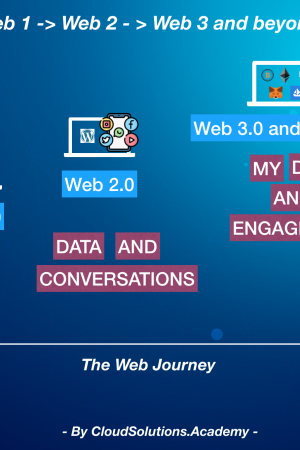
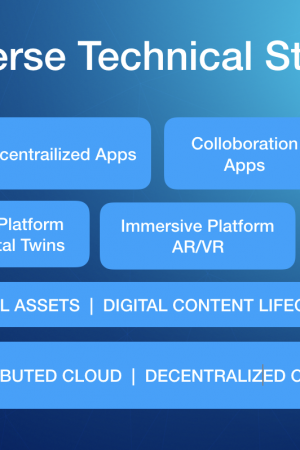
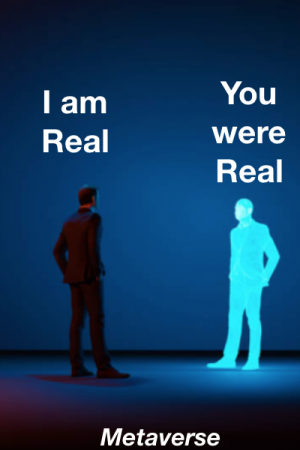
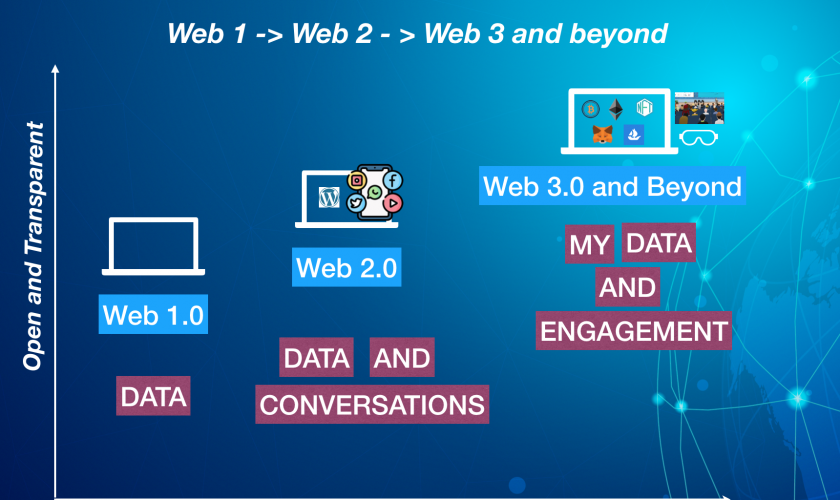
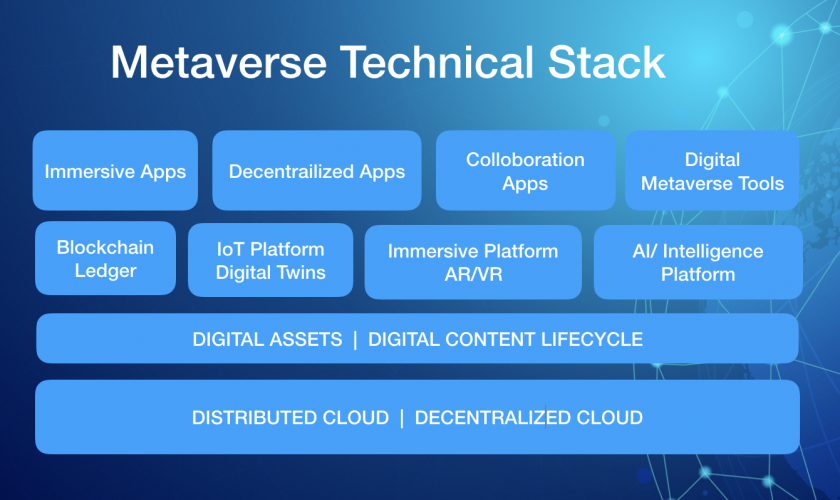

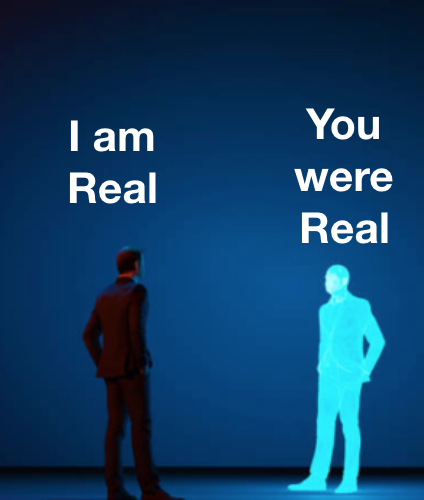
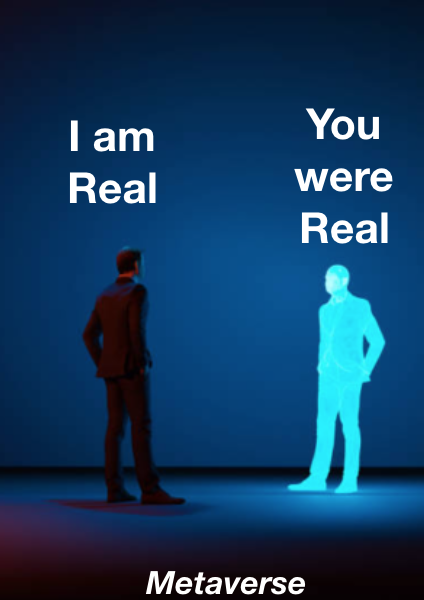 To get weekly technology updates on Metaverse and other exponential technologies, –
To get weekly technology updates on Metaverse and other exponential technologies, –